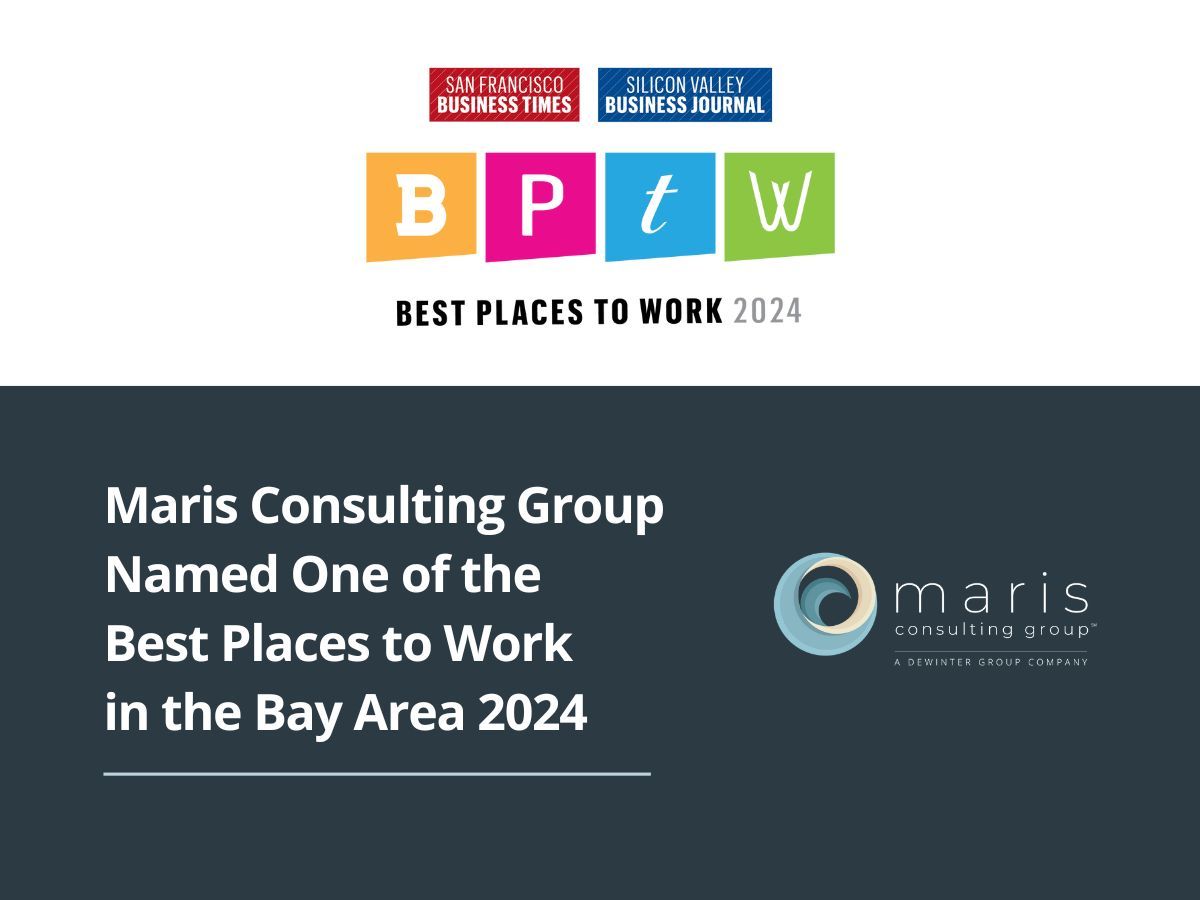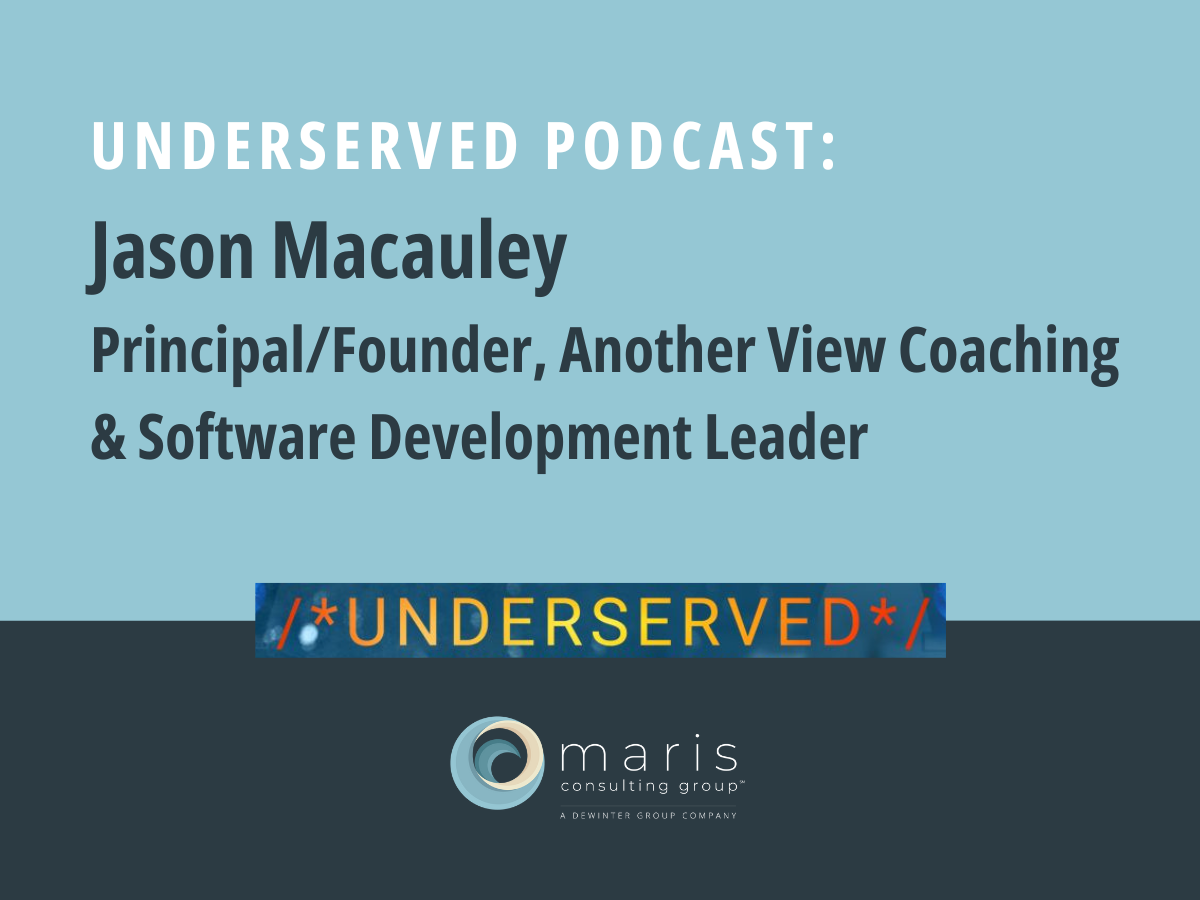An exercise in assessing the value of data within your organization to understand the talent necessary to realize improved profitability.
In PwC’s 2017 case study Investing in America’s Data Science and Analytics Talent, it was projected that by the end of 2020 over 2.7M data-related jobs would be added to the job market (2). Talent shortage projections in data analytics for the subsequent five years ranged from 40% to 50% depending on your source. It was the “impending doom” or Y2K disaster looming over a new cutting edge competitive advantage for companies both large and small. They saw the value, but could not hire those qualified enough, fast enough to realize the profitability behind it. Fast forward three years later. The number of publications highlighting talent shortages in the field has died down. No longer at the forefront of every blogger and publication’s mind, they have moved on while employers continue to struggle seeking out qualified data professionals for their teams.
Data analytics remains a developing field, we see titles like Data Architect, Database Manager, Business Analyst, and sometimes new titles such as Data Scientist thrown around every day with little alignment between responsibilities and requirements across industries. Additionally, data-focused professionals are subject to huge variations in compensation. For executives searching to understand the potential of their data and senior leadership building teams in these areas, it often leaves us scratching our heads, asking, “Where do we even start?”
In this article, the first of a two-part series, we have compiled a checklist to help guide you through the process of evaluating the need for a data-focused team or employees within your organization’s IT function.
- Step 1: Setting Goals. Determine how you wish to add value with your data.
Every business decision you make requires a value proposition with a sound business proposal to assess the cost and benefit. Data is a lucrative industry but can come with a high price tag if not managed effectively. In every business, there are two ways in which you can utilize your data to improve the bottom line: reducing operating costs (streamlining operations) and generating revenue (selling your data or leveraging it commercially). First, determine which of these two ways you want to use your data. You could even use this data for both. This will help you to create an effective org chart for data-focused professionals within your organization – we will delve into this within article two of this series.
- Step 2: Inventory. Evaluating what data you currently have.
Once you know how you want to use your data, it is time to take inventory so you know what you have to work with and the areas in which you need to collect additional data. Every organization should maintain a list of any technologies (proprietary and third-party) which both collects and houses data, as well as understand the types of data housed within each. This could include your customer relationship management platform (CRM), proprietary internal software applications, or data collection tools as simple as Survey Monkey.
- Step 2a. Assign a Goal
For each technology, you will then want to assign any goals which this data can help you achieve, whether it be:
- Internal – Reducing Operating Costs
- External – Generating Revenue through Commercial Use
- Both
- None
- Step 2b. Assign a Category
In addition to assigning a goal to this technology, you will also want to assign a category or the functions within your organization which could benefit from further utilizing the data stored within it. For example, data within your CRM can be used to understand Customer Support and Satisfaction, as well as Employee Productivity. The list of functions that could benefit your organization should be unique and specific to your organization’s existing structure.
- Step 3: Health Check. Evaluate your data’s current worth.
After taking inventory of those tools you have collecting and storing data, it is now time to determine how “healthy” the data is. Oftentimes referred to as ‘data health’ (DH) or ‘data integrity’, this step requires a high-level assessment regarding the accuracy of the data. Is the data supplied directly by an end-user? If so, how reliable is it or what is the margin of error? If the data is supplied by employees, how consistent are they with their documentation? In your list of technologies, you will want to assign either a DH Grade or approximate Margin of Error – depending on your confidence level in you or your team’s understanding of the data. - Step 4: Prioritizing.
Identify key technologies for data collection/storage and weakness areas for the goals set in Step 1.
Upon completing steps one through three, it is now time to prioritize the key technologies and weakness areas relative to your business goals. For those goals which you have outlined in Step 1, you will want to first identify those technologies which are key to achieving your goals. By understanding the number of technologies within your organization and how the data works together, you can determine the number of employees necessary to help you maintain, manage, and work with the data stored within. You will also want to filter your list to show only those technologies which target those goals and have a poor DH Grade or high Margin of Error. Understanding these key factors will help you when we begin to define your ideal talent acquisition strategy in our next article. As a teaser, oftentimes companies can reduce cost by leveraging the expertise of contract professionals and consultants to improve your DH Grade or Margin of Error and establish internal controls and processes to ensure the ongoing quality of your data. This should all be defined within your ‘game plan.’
In our next article, we will build upon this to provide tips and tools necessary to create an ideal org structure and talent acquisition strategy which reduces the probability of hiring data professionals simply for the sake of hiring. An error which oftentimes results in turnover, poor outcomes, and reduced profitability. Ultimately, this will improve your chances at attracting, assessing, and retaining data-focused talent by creating succinct and structured org charts, job titles, requirements, and compensation models specific to your organization’s needs.
… and as always, if you are interested in learning more or speaking with a Maris Consulting Group team member, contact us!
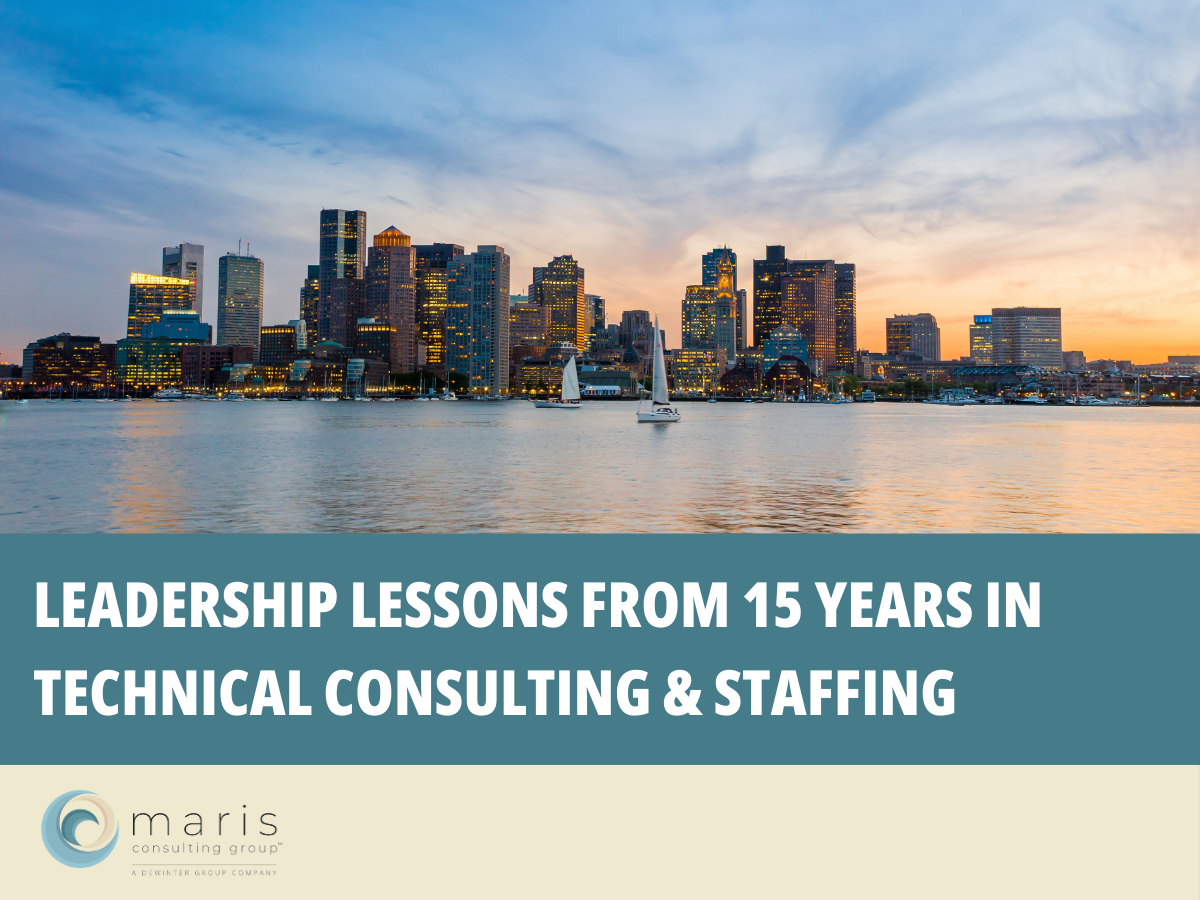

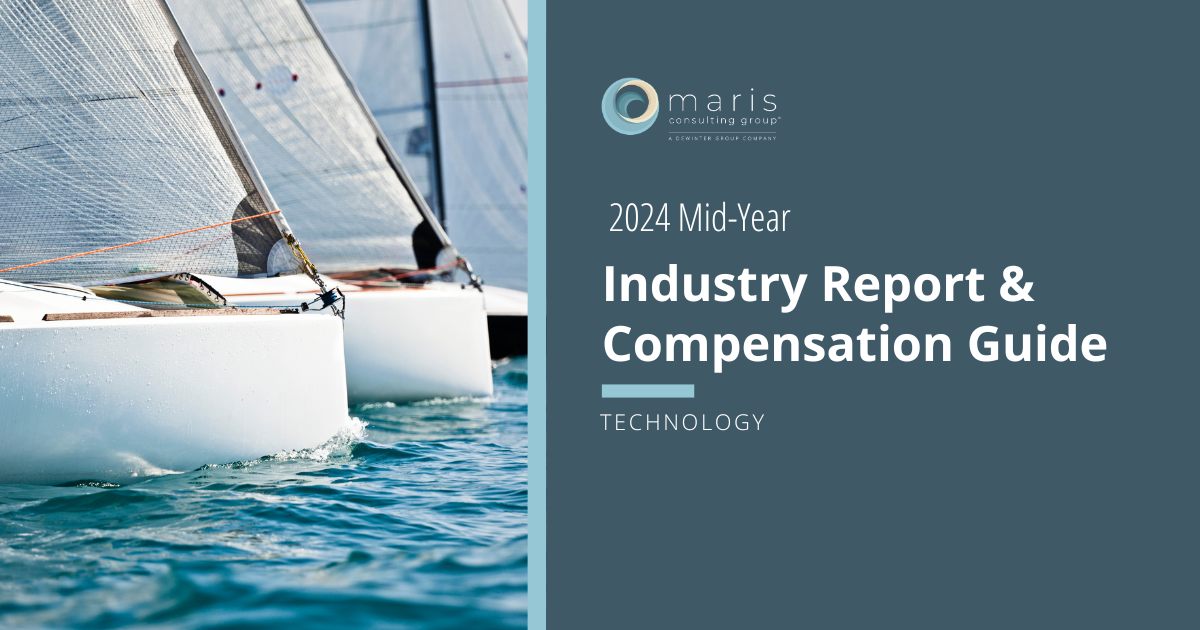
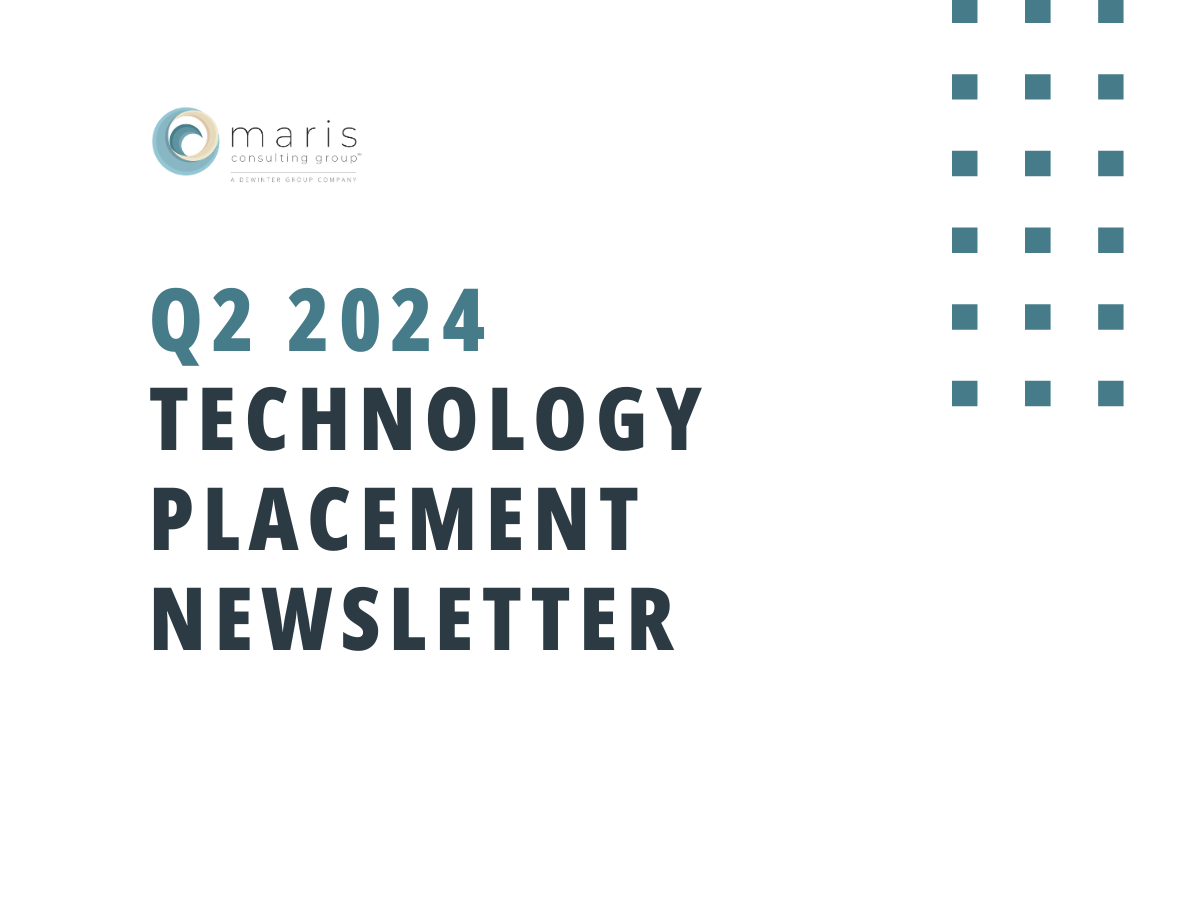
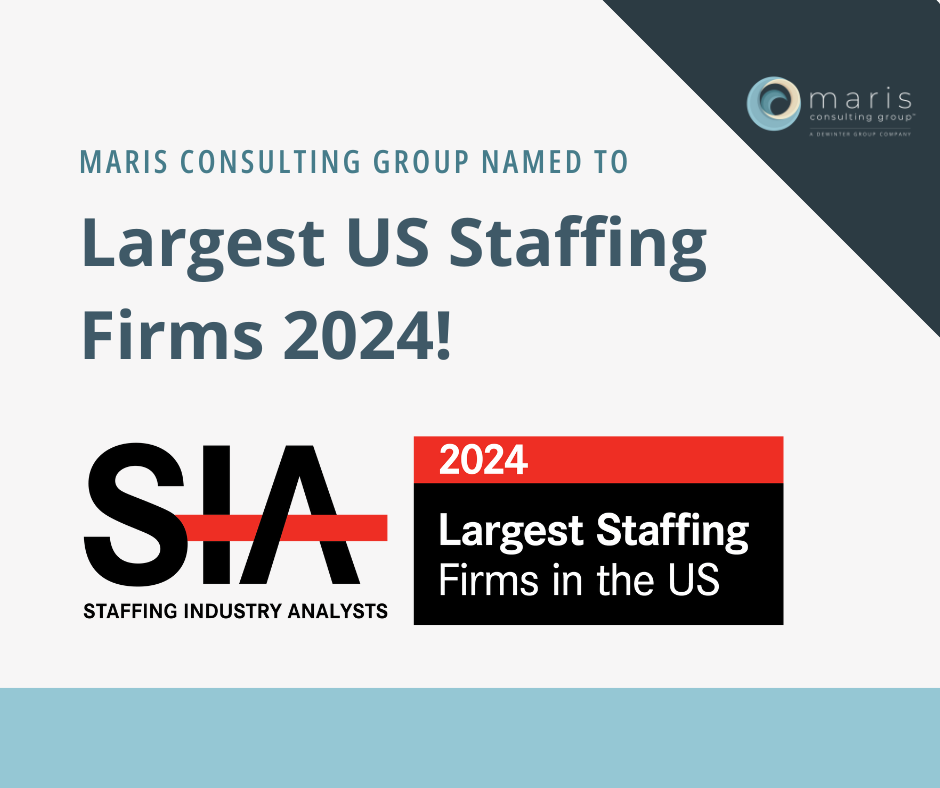
Maris Consulting Group Named One of the Largest US Staffing Firms in 2024 For a Third Year in a Row!
